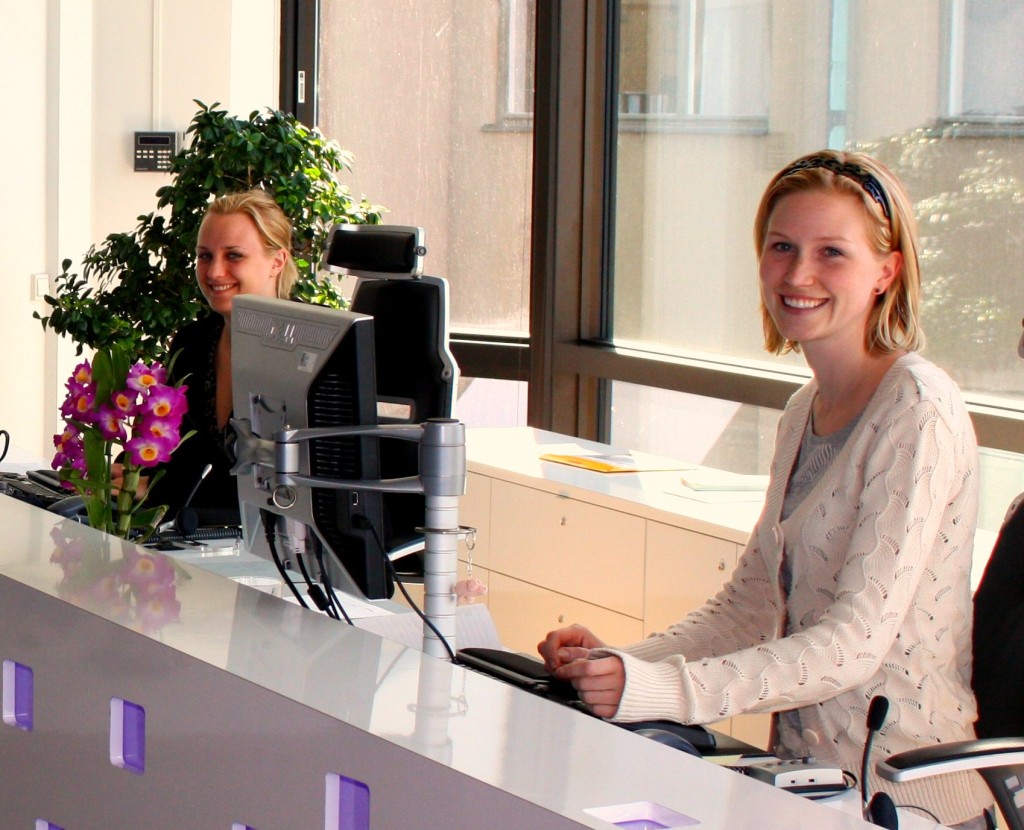Socializing at work can be challenging at times, specially when we spend so much time at work. But we learned to deal with socialization at earlier stages in our lives. For instance at school where we made our best, and even lifelong friendships, where we probably met our first love and where we learned to deal with frustrations and cope with breakups.
Because we are humans we will continuously find ourselves living all these situations, from childhood to adulthood.
We used to think that things would get easier with the years. After all, the experiences that we live should make us wiser, we should learn the lessons and we should do better next time, right? Sometimes, but not always.
We all go through several situations differently. Some experiences make us grow and others are more difficult to overcome, affecting certain aspects of our lives or making us feel more vulnerable during certain situations. So still having different beliefs, feelings and needs, we all get together at a meeting point day after day: the office.
Then how do we manage to maintain a comfortable working environment for ourselves and our colleagues? After all we don’t get to choose who we work with. It can be simple or complicated, as ultimately it will depend on others as well. Those that we rely on to lead us and show us the way: the Leaders.
Standards are set to make an employee situation legally fair, but it is almost impossible to make everyone happy. Therefore a combination of human and managerial skills should provide the magic formula for employee satisfaction, but the truth is that there is no magic formula. Circumstances vary from company to company and employee to employee.
Because we all live different lives we have diverse ideas of what “satisfaction” means to us. But there are factors that we all agree upon in order to find a fair balance at work. So today I would like to share with you the 5 keys that I consider more important to me, after many years of working experiences at offices:
1) The perfect family – work balance: this is a tough one and there is no “perfect”. But we try. Even living in countries with family – work life balance programs, the long hours at school combined with long hours at work allow for only a few hours of family quality time at the end of the day.
2) Working hours based on biorrythms (with hours of employee interaction): it is a fact that we all have internal clocks which set at different hours during the day. Some people wake up early and have their energy boost during the morning. Others live at a slower pace, waking up later and getting that boost in the afternoon. And there will always be “the nocturnals.”
Flexible hours should be a must. It would be a matter of setting some minimum hours for employee interaction (meetings, coffee, chatting…) – let’s call these the “Peak Hours” – and outside the “Peak” people could come and go after completing their 8 hour shifts.
3) The possibility to choose your working teams: this sounds like a crazy idea that could totally work! Relationships between two people can be complicated at times, now imagine with three or five. Having the ability to connect with someone is key for a relationship. Chemistry, empathy, sharing similar ideas or having things in common could do wonders to a team in terms of productivity and achieving a common goal. Of course there should be certain circumstances for this to work out, such as having several team members in every department, which is not always the case, especially in small to medium companies where you can find one-man (or woman) teams.
4) Economic incentive (in addition to legal job benefits attached to each position) according to the employee’s skills, experience and potential to grow within the company: this one is very popular. We all would like to get paid according to our abilities and not simply to what is set as a market standard. Of course having a standard is necessary to determine the minimum fair wages, but each person should be elegible for an economic incentive matching their progress, regardless of their position, down the road.
5) Allow some space for inspiration and creativity: and with this I mean encourage the employees to speak freely and share their ideas. You never know where great ideas might come from! We’re living in an innovative era and creativity is vital.
But on top of all this, the key factor for employee satisfaction is nothing less and nothing more than good old communication. Employees should know what to expect from the company and from their employers and colleagues in order to ensure comfortable working conditions in a reliable working environment.
What are your key factors for employee satisfaction?
If you are not the “being tied up to a chair, a desk and a computer at a set office location, day after day, working on a traditional 9 to 5 schedule” type, then learn all about the “office is NOT required” philosophy right here, at MGRBlog.





